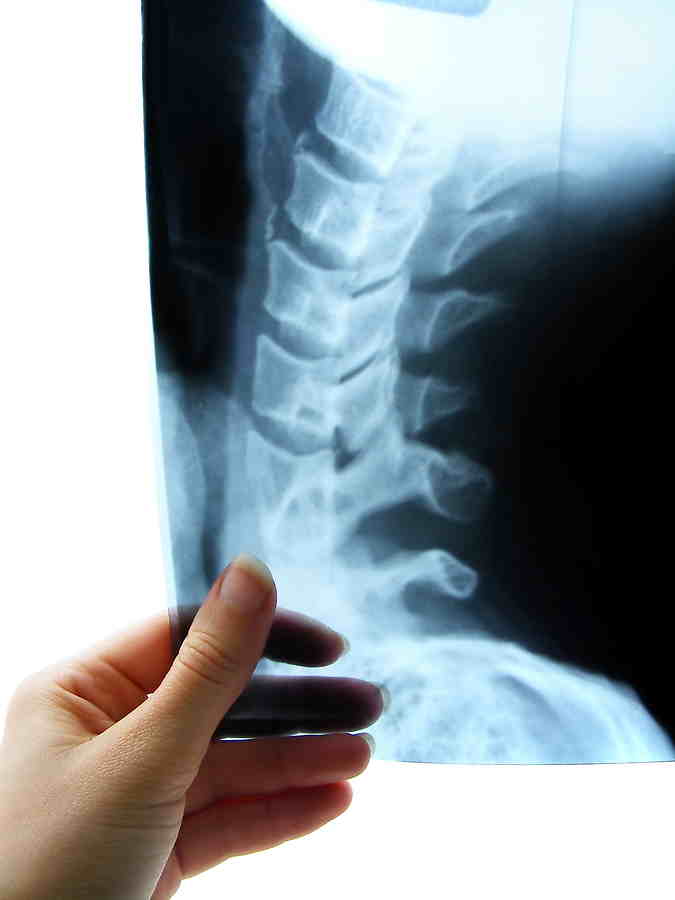Stryker Corporation (NYSE: SYK) announced its third deal of the year on August 30, acquiring K2M Group Holdings (NASDAQ: KTWO), based in Leesburg, Virginia.
Stryker will pay $27.50 per share in an all-cash transaction. The purchase price of approximately $1.4 billion represents a 27% premium over K2M’s average closing price in the 90 trading days ended August 29, 2018.
K2M shares rose nearly 26% on news of the deal, opening at around $27.40 per share on August 30, 2018. Stryker’s shares were down nearly 1%, to approximately $170.
K2M makes complex and minimally invasive spine “solutions,” which are implants, disposables, and instruments primarily to hospitals for use by spine surgeons to treat spinal pathologies, such as deformity, trauma, and tumor.
Stryker operates operates through three segments: Orthopedics, MedSurg, and Neurotechnology and Spine. In the second quarter of 2018, the company reported net sales of $3.3 billion, up 10.3% over the previous quarter. Organic sales growth across the company was roughly 8%, with the Neurotechnology and Spine sector contributing 12% growth, driven by Neurotechnology growth of 16%. Spine organic growth was over 5%.
Glenn Boehnlein, VP and CFO, noted on the July 24, 2018 earnings call that, “The Spine business continued to see market softness and mid-single digit pricing declines. Offsetting this, our IVS business and our Tritanium implant products continued their double-digit growth trends.”
Those results spurred Stryker to look for an inorganic way to grow sales, and analysts approved the deal for K2M’s complementary product lines.
Not to mention, Stryker’s Orthopedic sector now has stronger competition, thanks to Wright Medical Group NV‘s (NASDAQ: WMGI) $435 million deal for Cartiva, Inc., announced three days earlier on August 27. Cartiva, backed by New Enterprise Associates and Windham Venture Partners, is an orthopedic medical device maker based in Alpharetta, Georgia. Its lead product, a synthetic cartilage implant for treating arthritis at the base of the great toe, received U.S. Premarket Approval in July 2016.
Time to straighten up and fly fast(er).


